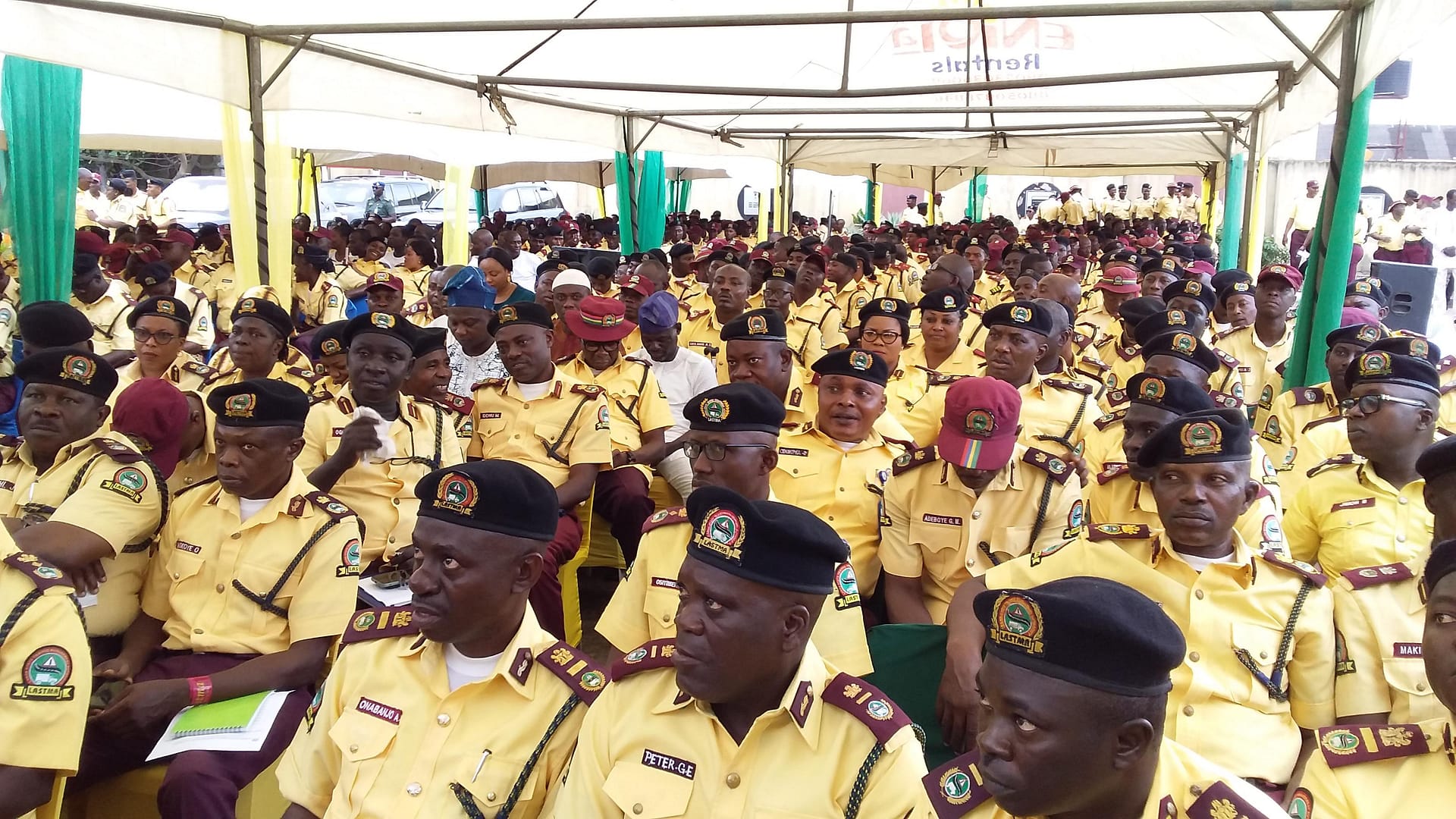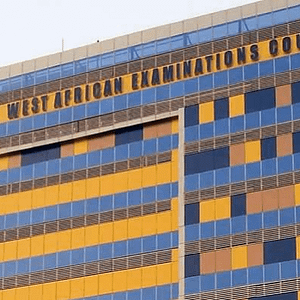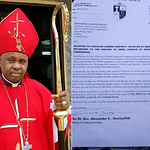The asphalt whispers a silent, directional plea: Go this way. It’s a simple contract of order etched onto the city’s veins. But sometimes, that contract isn’t just broken; it’s shattered with brutal force. This is the story of an arrow defied, a journey tragically cut short, and a devastating consequence left abandoned on the street. When a driver decided the rules of the road didn’t apply – choosing a forbidden path against the flow – it wasn’t just a shortcut; it was a collision course with fate that claimed the life of a tricyclist. Now, the steel shell that delivered the fatal blow has vanished into the urban maze, leaving behind the silence of death and the urgent pursuit of justice by LASTMA.
Table of Contents
- Ghost in the Machine The Deadly Wrong Turn and Its Human Cost
- Beneath the Rubber Unmasking the Systemic Failures Paving the Escape Route
- Blueprint for Accountability Charting a Course from Chaos to Consequence
- To Conclude

Ghost in the Machine The Deadly Wrong Turn and Its Human Cost
Somewhere in the chaotic dance of urban traffic, a mechanism failed. Was it the human touch, heavy on the accelerator, or an internal circuit board of consequence that blinked offline? The vehicle, a steel shell turned weapon, became a phantom hurtling against the established order of flow. A single, ill-considered deviation – a fatal veer against the grain of right-of-way – manifested not just as a traffic violation, but as an act of digital indifference clashing violently with analog life. This wasn’t merely physics meeting flesh; it felt like a cold, digital command overriding the inherent human code of caution, leaving behind only wreckage and the echoing silence where momentum once reigned supreme.
The aftermath wasn’t neat lines on a GPS or abstract data points. It was a broken frame, a crumpled tricycle, and a life abruptly, unjustly extinguished. The concept of “right-of-way” dissolved into the stark reality of loss. The human cost is immeasurable, branching out from the single point of impact: a family left grieving, a community shaken, a road forever marked by the memory of a needless tragedy. What was left behind besides the physical evidence? A vacuum where plans, dreams, and presence once existed. And the driver, the unseen pilot of that rogue vessel, chose anonymity over accountability, disappearing into the periphery just as quickly as their machine had invaded sacred space.
The trail left behind includes more than just skid marks:
- A life story tragically cut short.
- Empty seats at tables, silent conversations where laughter used to be.
- Economic hardship for dependents left behind.
- The emotional toll on emergency responders and witnesses.
- The pervasive feeling of vulnerability on city streets.
Consider the stark contrast:
| Moment Before | The Veer | Moment After |
|---|---|---|
| Routine Journey | Reckless Act | Irreversible Loss |
| Life in Motion | Collision | Life Ceased |

Beneath the Rubber Unmasking the Systemic Failures Paving the Escape Route
The sound of rubber fading into the distance isn’t just a desperate flight; it’s the echo of deeper cracks in the asphalt of our daily lives. It speaks to a landscape where consequence struggles to keep pace with catastrophe, enabled by a network of underlying failures. The escape route wasn’t just chosen on the fly; it was paved, brick by systemic brick. It’s the void left by:
- Insufficient Vigilance: Where monitoring infrastructure fails to capture the moment of truth.
- Eroded Accountability: Where the path from transgression to identification is riddled with obstacles.
- Delayed Response Mechanisms: Giving precious time to those who flee the scene of devastation.
This isn’t merely about a driver’s decision; it’s about the permission structure inherent in a system that allows such transgressions to melt away into anonymity.
The tragic ease with which vehicles and their operators vanish after inflicting such harm forces us to confront the architecture of our road safety and justice systems. The ‘one-way’ street isn’t just traffic direction; it’s a metaphor for the path of least resistance available to those who choose to evade responsibility. What enables this alarming ‘one-way’ journey away from justice? It’s the collective impact of vulnerabilities like fragmented data systems, under-resourced enforcement agencies, and a pervasive culture where minor infractions escalate unchecked, breeding contempt for the law. We need
Blueprint for Accountability Charting a Course from Chaos to Consequence
The echo of screeching tires and a subsequent, deafening silence paints a vivid picture of sudden discord. An act undertaken in a moment of recklessness or haste fractures the fragile order of shared civic space. When a driver breaks the rules, specifically the fundamental one of safety and mutual respect, and then vanishes into thin air, they leave behind a vacuum. This isn’t just about physical damage or injury; it’s about the tearing of a social fabric. The chaos isn’t merely the immediate aftermath at the scene – shattered glass, overturned vehicle, stunned witnesses – but the profound sense of impunity that blossoms in the void where accountability should immediately take root. The fleeing driver, in that act of self-preservation, sends a chilling message: consequences are optional. This single action triggers a chain reaction of negative outcomes:
- Loss of Life: Irreversible and devastating.
- Fear and Insecurity: Eroding public trust in road safety and law enforcement.
- Justice Denied (Initially): The immediate failure to face the repercussions of one’s actions.
- Burden on Society: Resources diverted for investigation, emotional toll on community.
Charting a course *from* this state of chaos *to* consequence requires more than just wishing for justice; it demands a deliberate, functional blueprint. It’s about connecting the dots between unlawful action and inevitable repercussion, ensuring the abstract concept of accountability translates into tangible outcomes. This path isn’t paved with good intentions but with rigorous investigation, operational transparency, and the unwavering application of law. Without this structure, the cycle repeats, encouraging further disregard for safety and life. The journey from a hit-and-run scene to the perpetrator facing justice exemplifies the critical need for every part of the system – from on-the-ground response to judicial process – to function cohesively, transforming the potential for ‘get-away’ into the certainty of ‘must-answer’. Consider the stark contrast:
| The Reckless Act | Immediate Outcome (Chaos) | Desired Outcome (Accountability) |
|---|---|---|
| Driving One-Way (Illegal) | Accident Caused | Traffic Infraction Penalty |
| Hitting a Tricyclist | Fatal Injury Sustained | Investigation Initiated |
| Fleeing the Scene | Perpetrator Escapes Liability | Manhunt Commenced |
| Absence from Scene | Evidence Potentially Lost | Evidence Secured, Witness Statements Taken |
| Impact on Victim’s Family | Profound Grief & Uncertainty | Justice Pursued Relentlessly |
To Conclude
As the city mourns another life cut short on its busy streets, this tragedy serves as a stark reminder of the consequences of recklessness and the urgent need for accountability. The echoes of that fateful moment demand more than just headlines-they call for collective action, stricter enforcement, and an unwavering commitment to road safety. Let this heartbreaking incident not fade into silence, but fuel a movement where every life is valued, every rule respected, and every street navigated with care. Only then can we hope to turn the tide and prevent the next tragedy from becoming tomorrow’s news.












